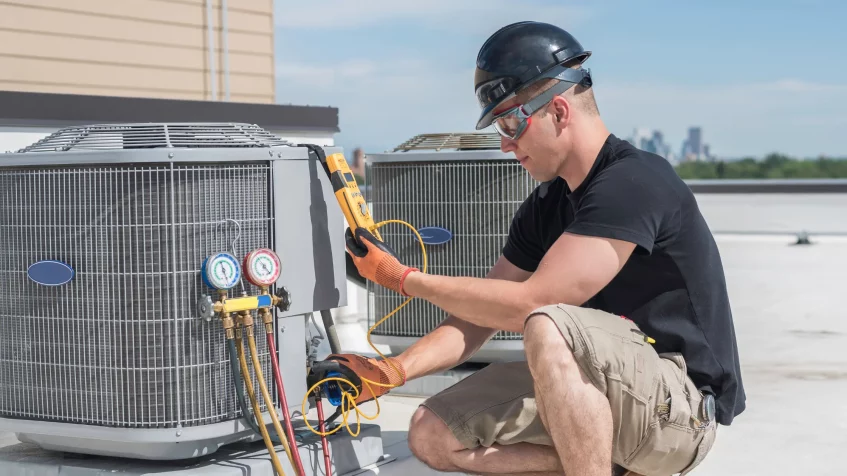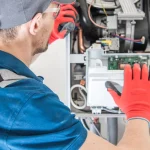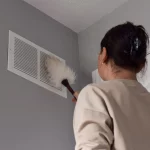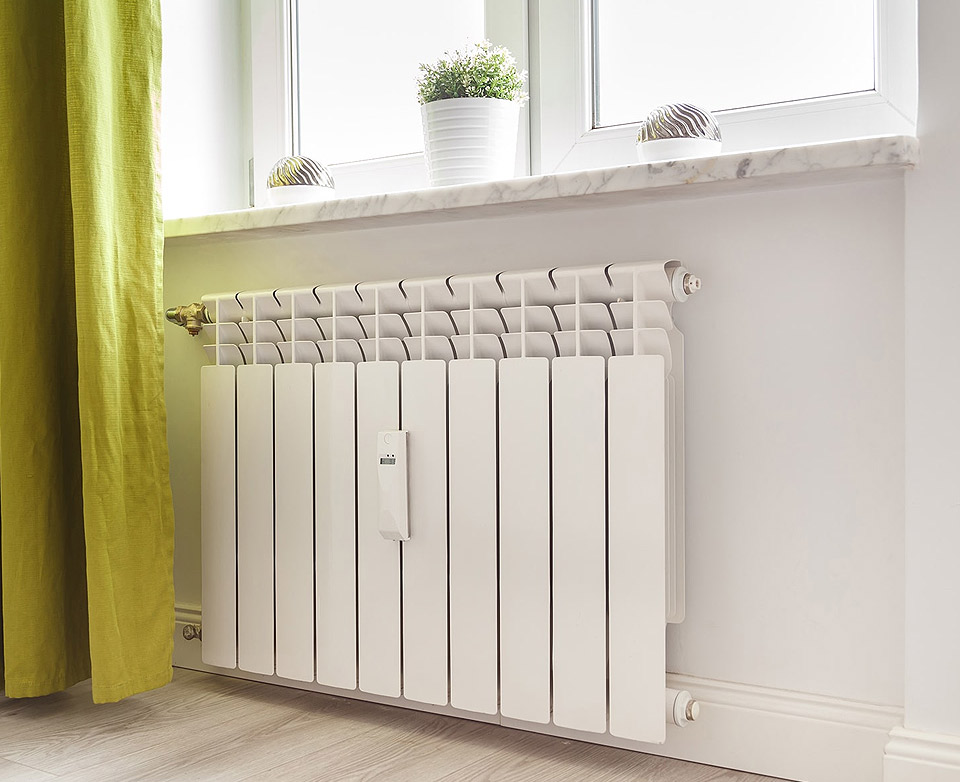
Winterizing Your HVAC System: How to Prepare for Cold Weather
Winter is quickly approaching, and your HVAC (Heating, Ventilation, and Air Conditioning) system needs to be ready to face the cold head-on. It’s not just about turning up the thermostat; it’s about ensuring your HVAC system is in peak condition to keep your home warm and cozy throughout the chilly months. In this comprehensive guide, we’ll delve into the ins and outs of preparing your HVAC system for winter, so it can handle the frigid weather efficiently and cost-effectively.
The Importance of Winterizing Your HVAC System
Before we dive into the nitty-gritty of winterization, let’s emphasize why it’s so vital. When the temperature drops, your HVAC system has a formidable task at hand: keeping your home comfortably warm. However, without proper winterization, it can struggle to accomplish this task, leading to increased energy consumption and potential system breakdowns. Winterizing your HVAC system is your preemptive strike to avoid these pitfalls and ensure it operates at its best when you need it most.
Your Winterization Checklist
Now, let’s get practical and explore the checklist for winterizing your HVAC system effectively:
- Change the Air Filter: Kickstart your winterization by installing a fresh air filter. A clogged filter can restrict airflow, making your system less efficient. For optimal performance, replace the filter at the start of the heating season and inspect it monthly.
- Seal Leaky Ducts: Your ducts can be a significant source of energy wastage due to leaks. Check your ducts for gaps or holes and seal them using duct tape or mastic sealant. This simple step ensures that warm air is distributed efficiently throughout your home.
- Clean the Vents and Registers: Over time, dust and debris can accumulate in your vents and registers, impeding airflow. Employ a vacuum or a brush to keep them clean and clear. Unobstructed airflow is the key to superior heating efficiency.
- Inspect Your Thermostat: Ensure that your thermostat is in top working condition. If you have an older, manual thermostat, consider upgrading to a programmable or smart thermostat. These modern options can help you save on heating costs through improved temperature control.
- Schedule Professional Maintenance: Don’t underestimate the value of professional HVAC maintenance. Certified technicians possess the expertise to inspect your system thoroughly, clean components, and ensure that everything is functioning optimally. Regular maintenance not only prolongs your HVAC system’s life but also prevents costly breakdowns.
- Protect Your Outdoor Unit: If your HVAC system includes an outdoor unit, it’s imperative to protect it from the winter elements. Cover the unit with a waterproof, breathable cover. Avoid using plastic covers, as they can trap moisture and lead to rust.
- Clear Snow and Ice: After heavy snowfall, make it a habit to clear any snow or ice accumulation around your outdoor unit. A buildup can restrict airflow and compromise your system’s efficiency.
Additional Tips for Energy Efficiency
In addition to winterizing your HVAC system, consider these energy-saving tips to enhance your home’s comfort and reduce energy bills:
- Use Ceiling Fans Wisely: While most people associate ceiling fans with summer, they can be a valuable asset in winter. Set your ceiling fan to run clockwise at a low speed to help distribute warm air evenly throughout the room.
- Open Curtains During the Day: Make the most of natural sunlight by opening curtains and blinds during the day. The sun’s warmth can naturally heat your home. When night falls, close the curtains to trap the warmth inside.
- Seal Windows and Doors: Check for drafts around your windows and doors and seal them with weatherstripping or caulk. Drafts can allow cold air in and warm air to escape, making your HVAC system work harder.
- Lower the Thermostat When You’re Away: When you’re not at home or are sleeping, consider lowering the thermostat a few degrees. Even a slight adjustment can lead to significant energy savings over the course of winter.
The Cost of Skipping Winterization
Failing to winterize your HVAC system can result in a series of unfavorable outcomes:
- Increased Energy Bills: A poorly maintained HVAC system has to work harder, leading to higher heating costs.
- Reduced Comfort: Inadequate maintenance can result in uneven heating or even system malfunctions, causing discomfort.
- Shortened System Lifespan: Neglecting proper maintenance can reduce your HVAC system’s lifespan, eventually necessitating costly replacements.
Winterizing for Warmth and Savings
In conclusion, winterizing your HVAC system is a vital step to ensure you stay warm and cozy during the chilly winter months. By adhering to this comprehensive checklist and implementing energy-saving tips, you can enhance your HVAC system’s efficiency and reduce your energy bills. Professional HVAC maintenance is invaluable in preventing costly breakdowns and prolonging your system’s life. Remember, a well-prepared HVAC system is your best defense against the winter chill. Embrace the season and enjoy the warmth and savings in your cozy, energy-efficient home.










